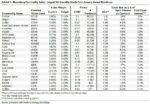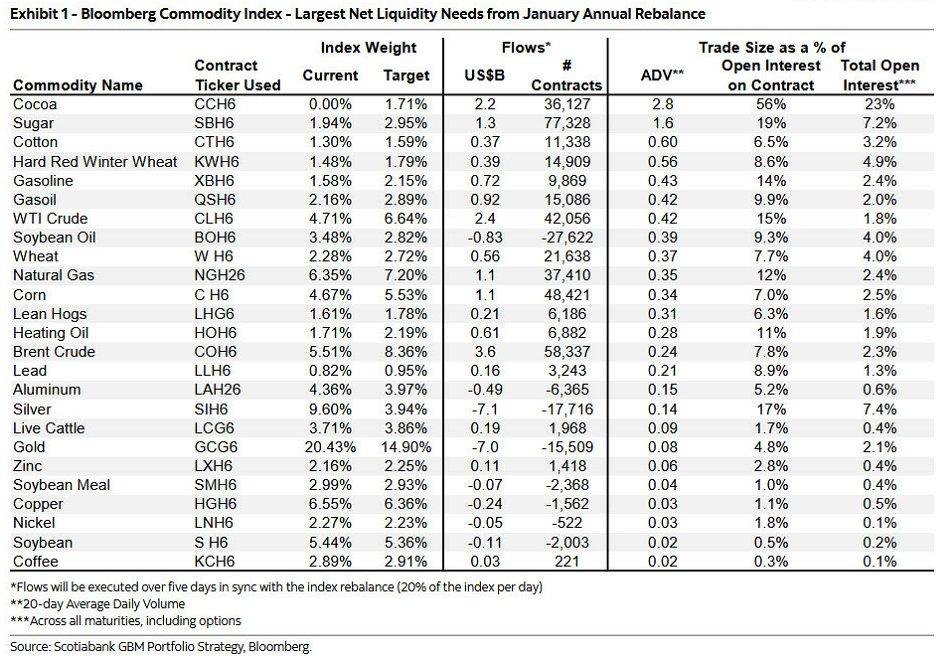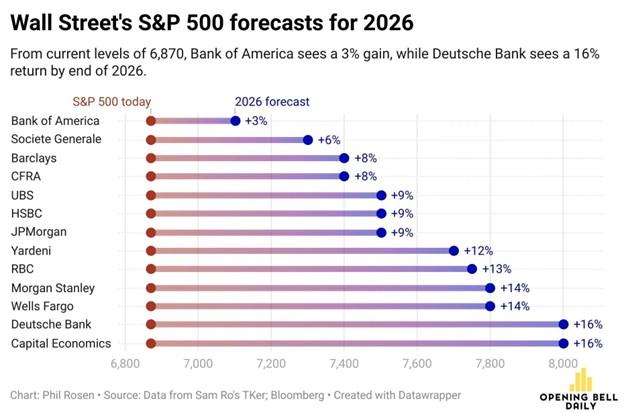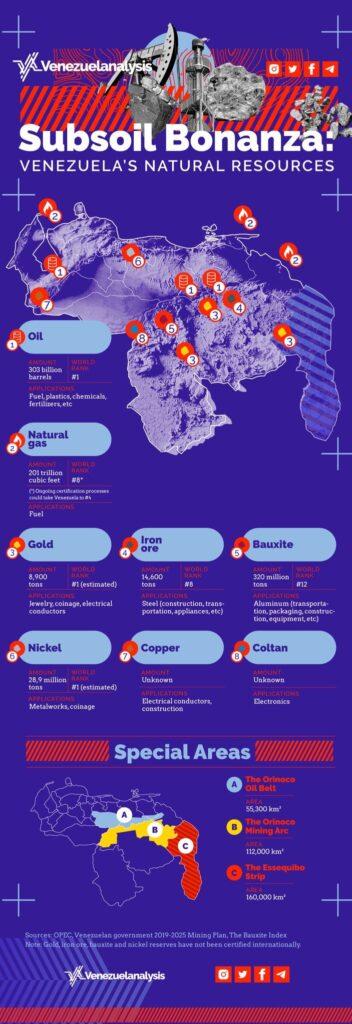Overview: The persistent rise in US rates continues to help fuel dollar gains. The euro has been sold through $1.08 and the greenback has jumped over 1% against the yen to JPY152.75. It finished last week closer to JPY149.55. So far, Japanese officials have been fairly quiet, but this seems likely to change. The US two-year premium over Germany has widened by around 65 bp since late September to return to levels that prevailed in June. The greenback is firmer against all the G10 currencies, but sterling, which is straddling unchanged levels. Emerging market currencies are weaker today.
The US 10-year yield is up a couple of basis points to 4.23%, while European benchmark yields are mostly 1-2 bp lower. The 10-year Gilt is an exception, and its yield is up almost four basis points to almost 4.20%. More dramatic moves are at the shorter end of the curve in Europe where two-year rates are off mostly 4-6 bp today. The two-year Gilt yield is up two basis points to nearly 4.09%. There is more speculation about a 50 bp cut from the ECB in December, but the swap market is little changed from yesterday, reflecting a little less than a 45% chance. Meanwhile, Chinese, Hong Kong, South Korea, and Australian equities rallied in the Asia Pacific region. We note that the weakness in the yen is not sparking demand for Japanese equities as it appeared to earlier this year. Europe's Stoxx 600 is off for a third day, and US index futures are nursing small losses. Gold continues to rise alongside the dollar and US rates. It set a record high today near $2758.50. Lastly after jumping around 4.5% over the past two sessions, December WTI has comes back softer. It is slipping below $71 after poking above $72 a barrel yesterday.
Asia Pacific
"Feel mush, push," advised Lenin, "Feel steel retreat." And Beijing's wolf diplomacy may be taking it to heart. Australia's strategic alliance with the US while China is by far its largest trading partner is a contradiction and is the material of political novels and shows. After Australia called for an investigation the origins of Covid, Beijing retaliated. Australia remained firm. China blinked and lifted the punitive tariffs it imposed in March. The levy on Australian wine was nearly 220%. Now that the tariffs have been lifted, exports of Australian wine to China have risen by a third in the first nine months of the year. India is the biggest buyer of oil from Russia. It is the second largest supplier, after China, of restricted technology (microchips, circuits, and machine tools), yet China and India's relationship has been strained since the lethal border dispute in 2020. On the eve of the BRICS summit, China and India reached a deal to ease border tensions. This could set the groundwork for the first Xi and Modi formal bilateral meeting since 2022. Separately, official Chinese data show that mainland companies sold the most foreign exchange to banks since the end of 2021 last month. The depreciation of the yuan and the low interest rates had provided incentives for Chinese companies to retain their foreign currency earnings. However, the combination of the decline in US rates, the recovery of the yen, and the stimulus measures in China helped spur a short squeeze: Chinese companies to repatriate funds. Of course, media reports of Chinese banks buying foreign currencies from Chinese companies, which the US Treasury has cited in past reports, is often confused for intervention.
The continued rise in US 10-year yield has helped send the dollar to JPY152.75, its highest level since the end of July. This is the third consecutive week the dollar is rising against the yen and the fifth week in the past six. The weaker yen is not lifting Japanese equities as it seemed to earlier this year. The benchmark three-month implied volatility has begun rising again. It is back above 11%. Official Japanese warnings may increase. The dollar is above the 200-day moving average (~JPY151.35). The next important chart area is JPY153.40-JPY155. Despite the broad strength of the dollar, the Australian dollar appeared to have forged a base near $0.6650 in recent days. However, it remains under threat today. A break could spur a quick move toward $0.6620-30, which holds the 200-day moving average and last month's low. For the past week, the US dollar has traded between roughly CNH7.1075 and CNH7.1475. It remains in that range today, and a break of that range may point the direction of the next five big figure move. The PBOC set the dollar's reference rate at CNY7.1245 (CNY7.1223 yesterday). Not counting October 8, when Chinese mainland markets reopened from the Golden Week holiday, on average the fix has been 0.25% different than the previous day, which is on par with the pre-holiday fixings that showed an average change of a little less than 0.24%.
Europe
The news stream from Europe remains light. The euro and sterling continue to struggle to sustain even modest upticks. The double top near $1.12 and neckline projected to $1.08. While we initially thought that may prove to be too deep of a correction. Yet, the $1.08 area now appears to offer resistance, and the euro has been sold to $1.0780 today and it does not look done. The market pulling back on its aggressive pricing of Fed cuts and accepting that the sub-2% CPI gave the ECB more scope to cut rates, have spurred a dramatic adjustment of the currency-sensitive two-year interest differential. It took almost three months for the US premium to fall from 195 bp (mid-June) to 136 bp (mid-September). Yet, in the past five weeks of so the premium has surged back to 195 bp. We anticipate that surge is nearly over and expect a softer October employment report will help forge a top in the US premium. This may help the euro find support. The US two-year yield was a 40 bp discount to the UK in late September as sterling reached a two-and-a-half year high against the dollar (~$1.3435). It has approached parity and is now about a four basis point discount. Sterling has marginally surpassed the (61.8%) retracement of the leg up from the early August low (~$1.2665), which is found near $1.2965.
The next technical target may be the $1.0750 area. Options for 1.35 bln euros at $1.0755 expire tomorrow. The trendline drawn from the April and June lows is found today near $1.0765. For its part, sterling is trading a bit firmer than the euro and there has been no follow-through selling today. Sterling recorded a low in North American morning yesterday near $1.2945. The trendline connecting the April and August lows comes in near $1.2910 today and $1.2935 at the end of the month. The (50%) retracement of the rally from the April low is slightly above $1.2865. A move above $1.30 would help stabilize the tone.
America
Given that Fed Chair Powell cited the Beige Book in his explanation, alongside CPI, in explaining why the central bank delivered a 50 bp rate cut last month, it may get a little more attention than usual. It may help cap the rising US rates to the extent it shows the disruptions from Hurricanes Helene and Milton. However, the larger event today is the Bank of Canada meeting. The swaps market is discounting about an 80% chance of a 50 bp cut today. It is tough to fade it, as the market has given the central bank an option. However, that option is not free and the prospects of a 50 bp cut (after 75 bp of cuts already this year) have weighed on the Canadian dollar. While the wage growth moderated, the September employment report was stronger than expected. Given the weakness of the Canadian dollar, and the fact that the US two-year premium over Canada is already the greatest since 1997, the latitude of Canada to run an independent monetary policy from the Fed looks limited. The Bank of Canada has surprised markets in the past, a 25 bp cut could see a jump in the Canadian dollar.
On a quarter-point cut, the US dollar could test the shelf forged last week near CAD1.3750. A break could target the CAD1.3650 area, and boost confidence that a high is in place. The swaps market is discounting a little more than a 1-in-3 chance of a 50 bp cut in December too. The forward guidance is important. A move above Monday's high (~CAD1.3850) leaves little in the way to deter a challenge on the high for the year set early August around CAD1.3945. Between last Friday and Monday, the greenback traded between about MXN19.65 and MXN20.0750. It traded well within that range yesterday. A weak retail sales report today, like the disappointing economic activity report (similar to a monthly GDP), could weigh on the peso. Tomorrow is the first half of October CPI. An uptick in the headline rate may play on fears of pass-through inflation from the weaker peso.
Tags: #USD,Australia,China,Featured,federal-reserve,India,newsletter




































